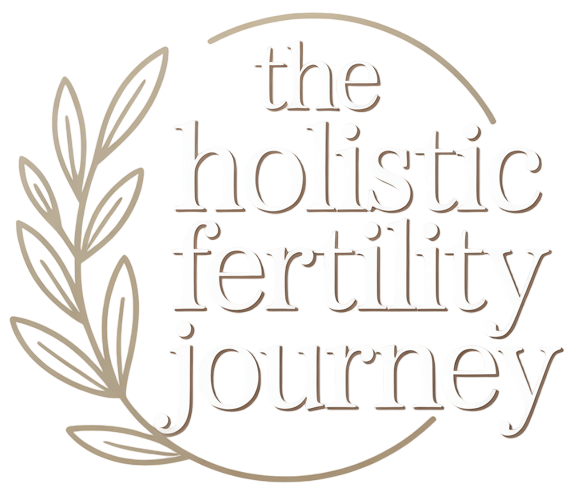Diagnostics: How Each Approach Views the Body
Conventional Diagnostics: Precision and Protocol
The journey often starts in a fertility clinic with a detailed history and focused tests. Conventional practitioners will typically:
- Order hormonal blood tests (FSH, AMH, LH) to assess ovarian reserve and hormone patterns.
- Recommend imaging, such as transvaginal ultrasounds to visualize ovaries and uterus, or HSG (hysterosalpingography) to check fallopian tube patency (source: American Society for Reproductive Medicine).
- Conduct semen analyses in male partners.
Conventional testing is often highly standardized, enabling clear diagnoses of conditions like polycystic ovary syndrome (PCOS), endometriosis, or unexplained infertility—an issue that affects approximately 10-30% of couples seeking care (NIH).
Holistic Assessment: The Bigger Picture
Holistic practitioners use a broader lens. Beyond lab results, they pay attention to:
- Email patterns, sleep quality, digestion, and energy levels.
- Stress, emotional traumas, and relationship dynamics.
- Lifestyle, diet, toxin exposure, and even spiritual well-being.
Tools like a detailed symptom diary, tongue and pulse assessment (in traditions like Chinese medicine), and in-depth conversations help uncover subtle imbalances. While not always as concrete as lab values, this holistic evaluation strives to piece together a fuller story of health.
